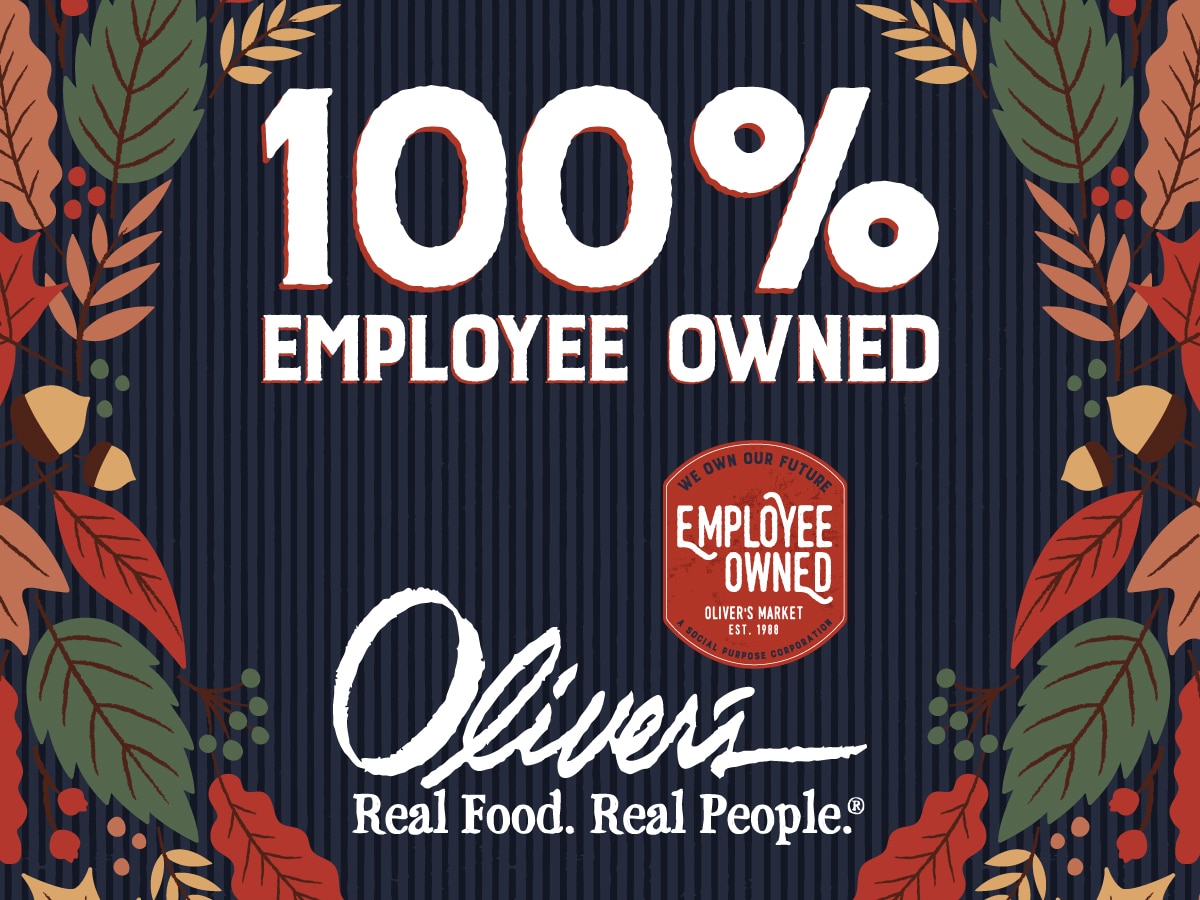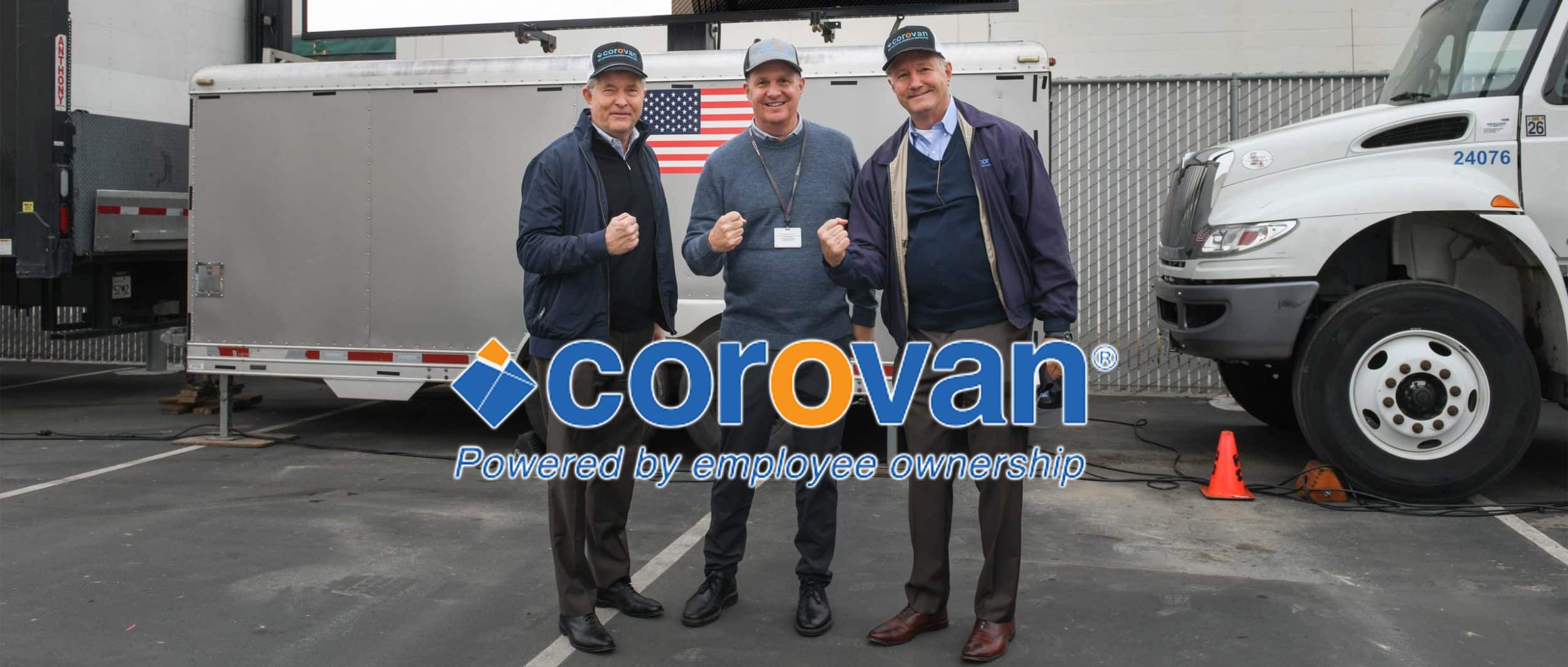Written by Phillip Swagel and Robert Carroll
Executive Summary
A study of a cross-section of Subchapter S firms with an Employee Stock Ownership Plan shows that S-ESOP companies performed better in 2008 compared to non-S-ESOP firms along a number of dimensions, including job creation, revenue growth, and providing for workers’ retirement security. The S-ESOPs paid their workers higher wages on average than other firms in the same industries, contributed more to their workers’ retirement security, and—crucially in a year of recession—hired workers when the overall U.S. economy was pitched downward and non-S-ESOP employers were cutting jobs.
S-ESOPs help prepare ESOP participants – the workers – for a more economically secure retirement. Employee-owners accumulate shares of company stock as part of their compensation in addition to their wages and other benefits such as health insurance. This is a meaningful contrast between S-ESOPs and other firms: nearly 60 percent of working Americans do not have any assets in a work-related retirement plan and half of American workers do not even have access to an employer-sponsored retirement savings plan. S-ESOP firms play an
important role in contributing to their employee-owners’ retirement security—an ownership stake in their employer is a form of diversification compared to workers who otherwise rely on government retirement plans such as Social Security. Further diversification is achieved for workers as they near retirement, as ESOP retirement plans are mandated to provide asset diversification for workers aged 55 and older. In addition, previous studies have found that 80 percent of S-ESOP firms offer workers retirement savings plans in addition to the ESOP—and many of these firms make employer contributions to workers’ retirement savings in these plans.
These findings are derived by comparing data from a survey of S-ESOP companies that are members of the Employee-Owned S Corporations of America (ESCA) with data on both national averages and data specific to the same industries as the surveyed S-ESOP firms.







